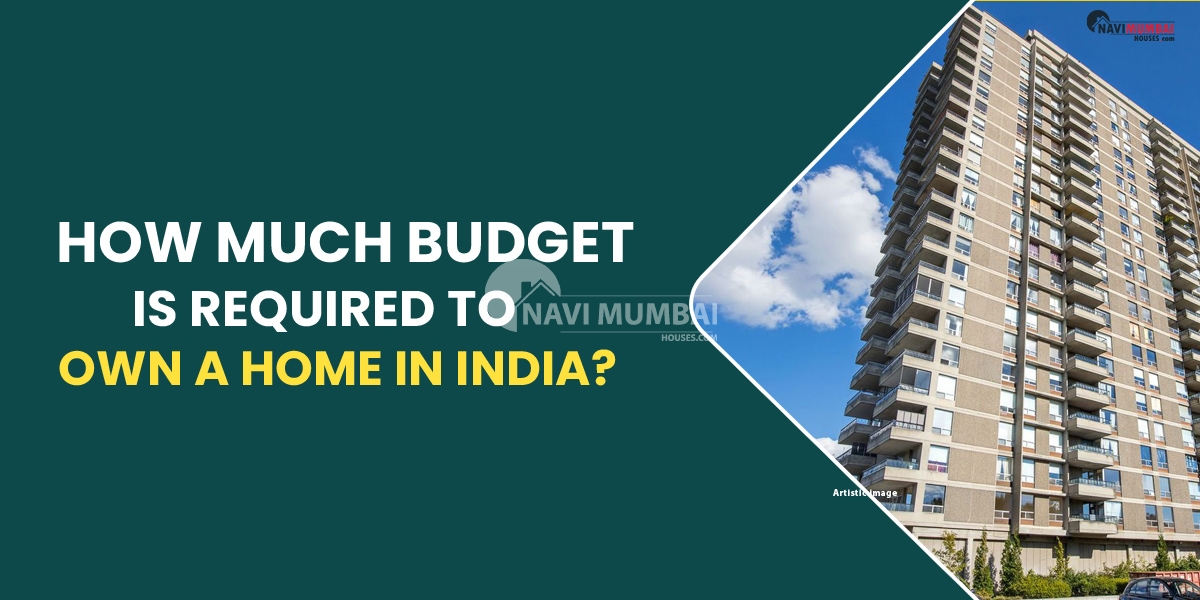
- November 17, 2023
- News
What Is The Hurdle Rate & Why Is It Significant For Investing In Real Estate?
Investing In Real Estate- Knowing how much a project will make as a developer or investor in real estate is probably the first step towards closing a deal. In what other way can you decide whether the initiative is worthwhile? The answer lies in a hurdle rate, which is often refers to as the Minimum Acceptable Rate of Return (MARR). However, how is the hurdle rate determine? What are the associated factors and limitations? Let’s investigate!
Are you searching flats for sale in navi mumbai?
Imagine discovering a profitable opportunity to invest in real estate! If you are a builder or an investor, what is your primary priority? Its purpose is to determine the lowest profit or acceptable rate of return given the invested capital. The hurdle rate is another name for this lowest rate of return.
But there are a lot of nuances surrounding this term! For example, how do you calculate a hurdle rate and what are its limitations? Use this page as a reference to better understand hurdle rates and their significance in real estate investing.
What does hurdle rate actually mean?
Businesses and investors employ hurdle rates, commonly referred to as Minimum Rate of Return (MARR), to assess the possible profitability of an investment opportunity. The rate is determine by taking into account the investment’s risk. Investments with higher risk will have a higher hurdle rate, whilst those with lower risk will have a lower rate.
The hurdle rate, which is frequently given as a percentage, is a tool for figuring out if the risk is worth the possible return on investment. However, how is the hurdle rate determined? It’s explained in the section below.
How is the hurdle rate determined?
You must ascertain the cost of capital, which comprises the cost of debt and the cost of equity, in order to compute the hurdle rate. The interest rate paid on borrowed money is known as the cost of debt, while the return needed by investors to cover the risk they are taking is known as the cost of equity.
The hurdle rate is compute using the following formula:
Hurdle rate is equal to risk premium plus cost of capital (cost of debt plus cost of equity).
The risk premium is determine by the degree of risk attached to an investment. The hurdle rate, for instance, would be 12 percent if the cost of capital was 10 percent & the risk premium was 2 percent. This implies that in order for a project or investment to be deemed financially feasible, it must yield a return of at least 12 percent.
When assessing the investment success of a project, there is an additional component to take into account. The Internal Rate of Return, or IRR, is the term for this. How does it apply? Let’s clarify.
What separates an internal rate of return from a hurdle rate
There are differences between the functions of the hurdle rate and internal rate of return (IRR). Nonetheless, they are frequently combine to assess an investment opportunity’s viability and profitability. The distinctions between hurdle rate & internal rate of return are shown in the table below.
| Differential Factors | Hurdle Rate (MARR) | Internal Rate of Return (IRR) |
| Purpose | The lowest viable rate of return is ascertained using the hurdle rate. | The IRR is used to measure the profitability of an investment |
| Decision-making | Investment prospects are evaluated and accepted or rejected based on the hurdle rate. | Using the IRR, investors can evaluate various investment possibilities and choose the one with the highest IRR. |
| Calculation | The investor or the business determines the hurdle rate. | The investment’s cash flows are used to compute the internal rate of return. |
If a business establishes a hurdle rate of ten percent, for instance, any investment opportunity that is predicted to yield a return lower than this rate would be turned down. However, if an investment’s internal rate of return (IRR) is 10%, it indicates that a 10% annual return is anticipated from the investment. Investors may maximise their returns while making wiser selections by knowing how these two ideas vary.
Determining the hurdle rate for capital investments is crucial.
A clearly established hurdle rate facilitates the process of making wise investment choices. It guarantees that the returns on the investment will exceed the cost of capital. Businesses need to do this because it maximizes shareholder value and profitability.
The hurdle rate also aids in assessing the risk involved in an investment. Businesses can assess if the possible rewards outweigh the degree of risk by taking the risk factors into account. How therefore is it ascertained?
Elements influencing the real estate investment hurdle rate
A number of industry- and investment-specific considerations must be taken into account when calculating the hurdle rate. These elements consist of:
- Cost of capital
- Opportunity cost of capital
- Industry trends
- Market conditions
- Expected inflation rate
Nonetheless, before to making any financial decisions, it is imperative to confirm the accuracy of the information and carry out extensive investigation. Furthermore, a variety of factors, including geography, market trends, & economic conditions, might have an impact on real estate investments.
What are the hurdle rate’s limitations?
Although the hurdle rate is a useful tool in investment analysis, it has certain drawbacks. Among them are:
Subjectivity: Varying investors may have varying expectations for returns and risk appetites, which could result in varying hurdle rates.
Cash flow timing unaccounted for: Regardless of when cash flow intervals occur, they are all treated similarly by the hurdle rate.
Unaccounted for project size: The hurdle rate does not take the project’s size into account. It handles every project in the same way, no matter how big or small.
External Factors Ignored: The hurdle rate does not take market conditions, inflation, or interest rates into account, all of which might have an impact on investments.
In conclusion, hurdle rates can be an important instrument to start a project when investing in real estate. However, there may be drawbacks to this technology, such as its inability to account for real-time changes, its disregard for consumer loyalty and brand reputation, and its only focus on financial gains. For a more precise Return On investing (ROI) assessment, it is therefore advise to speak with a real estate investing specialist.
You’re looking for Projects in Kalamboli have the Best Properties In Navi Mumbai Like Ready to Move:https://navimumbaihouses.com/properties/search/kalamboli/
If you want daily property update details please follow us on Facebook Page / YouTube Channel / Twitter











